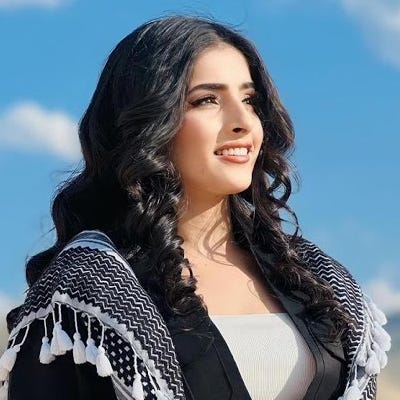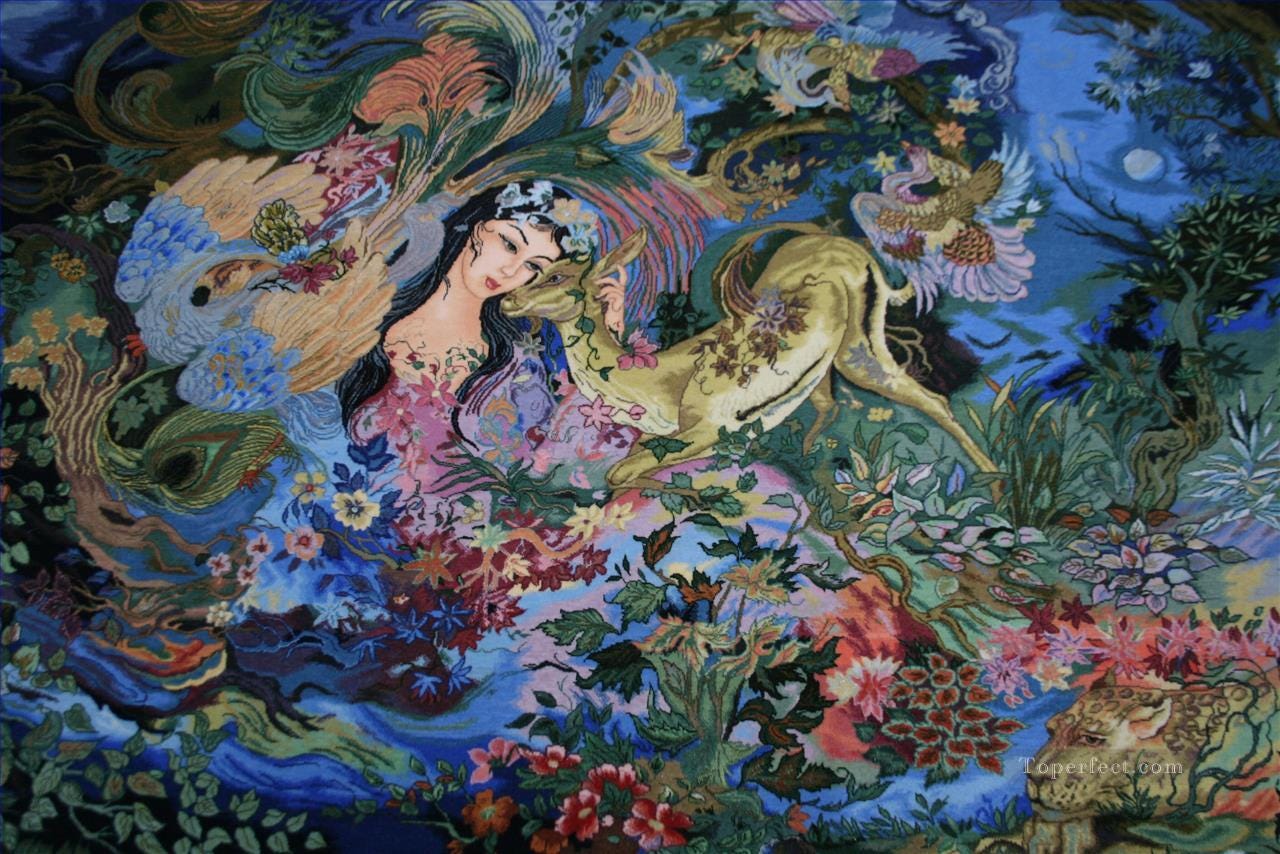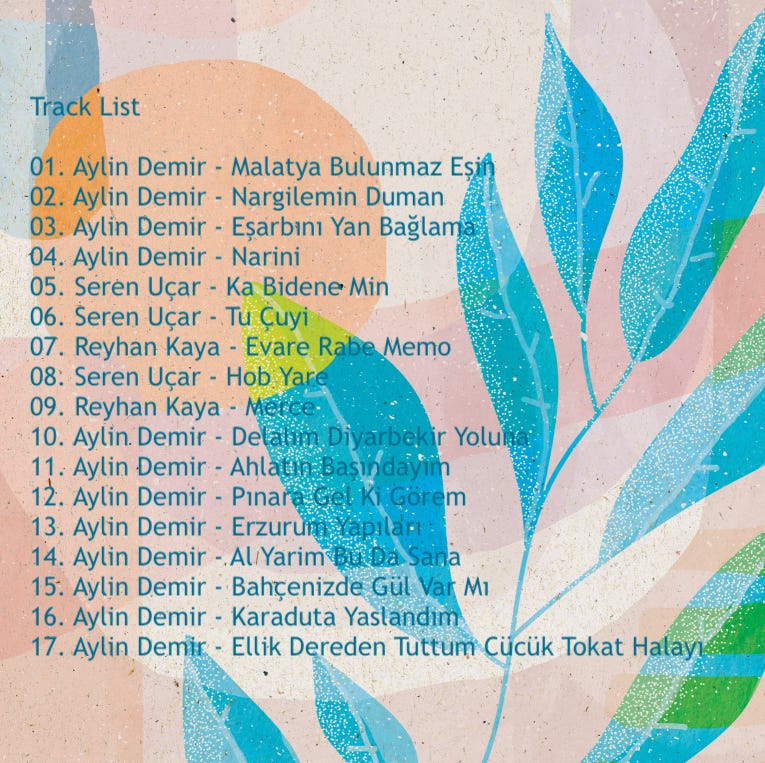Once again I’ve gone off on a tangent, but still with a connection to the main theme of this channel. The Soviet Republics of Central Asia were heavily influenced by both Turkic and Persian cultures over the centuries, so I thought I’d look at some contemporary Turkish music to see if I could spot the similarities in musical styles.
Much of what travelled east remains as a musical tradition, however the Halay music and dance style doesn’t seem to have migrated with the people whose descendants live in places such as Turkmenistan and Uzbekistan. That’s a shame because Halay seems like a lot of fun, especially at weddings where the tradition really shines.
Weddings are a major social event in Türkiye. Everyone shows up for the event which typically features Halay musicians and singers, with guests joining in the dance, as can be seen in the videos posted below. The tradition goes back centuries to pre-Islamic times, as does the word Halay (pronounced hall-eye).
Owing to the abundant wedding videos on YouTube I was aware of Halay, but I thought it was a male only vocal form, since every Halay group I’ve heard has had a male singer. To my surprise there are also women that sing Halay as I discovered recently while browsing around. I don’t think it’s all that common - I didn’t find a lot of them, only three actually, but they make up in talent for what’s lacking in numbers.
So here they are. I’m leaning heavily on Aylin Demir for this program whose main repertoire is Halay, while the other two singers, Reyhan Kaya and Seren Uçar are mainly pop singers with just a few Halay songs that I could find.



Some notes on the music. It may all sound alike, but so do the blues, reggae, country, and other musical forms with a well defined structure. The challenge in playing these is to work within the boundaries while adding lyrical interest and instrumental style, and I think these tracks capture that. The singers have some great backing musicians, and the breaks are as much a part of the style as the singing. Typically the songs are about love and serve more as a backdrop to the dance style than as a narrative, which is why I haven’t included any translations.
To someone accustomed to western music it may take a bit of getting used to the different musical scales used, which typically sound flat to a western ear. Without getting into technical details (unless you really want to) suffice to say that western music forms are just one of many that have evolved over the centuries. As for the instruments used, the Baglama and the Zurna are the most common, but synthesizers play an increasing role, not just as rhythm and percussion but as a lead instrument emulating the sounds of traditional instruments. Musical purists might object to this, but the people at the weddings don’t seem to mind, as long as the band keeps on playing.
Here’s an example of Halay dance at a wedding in a remote Kurdish village, where it appears the entire population turned out to celebrate.
I studied their movements to see what the pattern is but couldn’t figure it out. I notice that everyone knows exactly when to move a certain way, so it has a definite structure, and you can no doubt take lessons somewhere. I’m guessing most people learn Halay dance in school as part of their cultural education. As evidence I present these young ladies who seem to know what they’re doing.
Much easier to see the foot movements in this video, so take up the challenge and learn Halay! It could even be part of your workout routine if you’re into that sort of thing. Great music for driving too. If you like Halay and want to hear more, you’ll find lots of it on YouTube. Just search on Turkish or Kurdish weddings.









